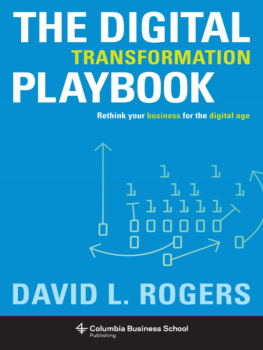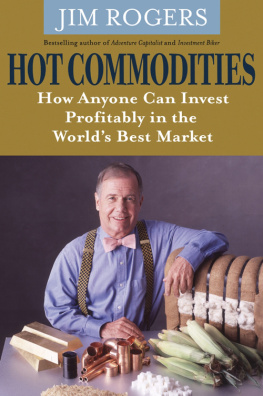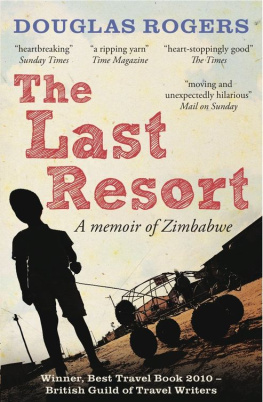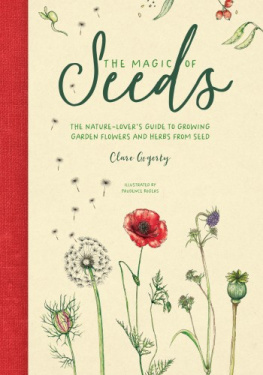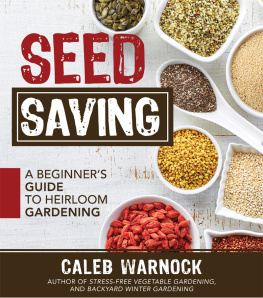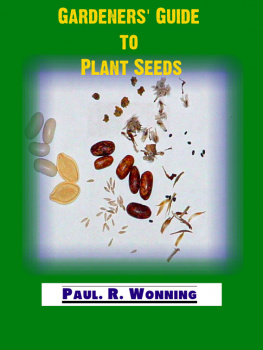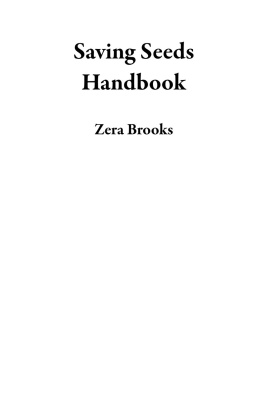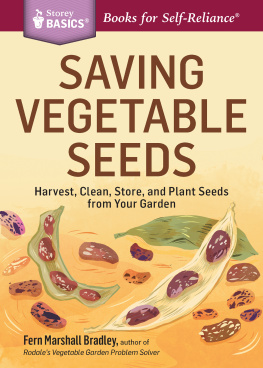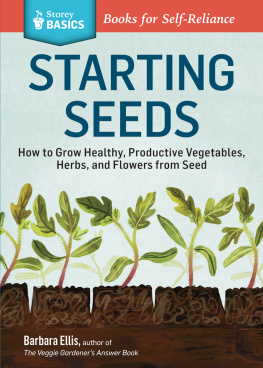SAVING SEEDS
The Gardeners Guide to Growing and Storing Vegetable and Flower Seeds
Marc Rogers
Illustrations by Polly Alexander

The mission of Storey Publishing is to serve our customers by
publishing practical information that encourages
personal independence in harmony with the environment.
Cover design by Carol Jessop
Text design by Judy Eliason
Illustrations by Polly Alexander
Edited by Paul Howes and Ben Watson
Portions of this book were originally published by Garden Way Publishing in 1978 as Growing & Saving Vegetable Seeds.
1990 by Storey Publishing, LLC
All rights reserved. No part of this book may be reproduced without permission in writing from the publisher, except by a reviewer, who may quote brief passages or reproduce illustrations in a review with appropriate credits; nor may any part of this book be reproduced, stored in a retrieval system, or transmitted in any form or by any means electronic, photocopying, recording or other without permission in writing from the publisher.
The information in this book is true and complete to the best of our knowledge. All recommendations are made without guarantee on the part of the author or Storey Publishing. The author and publisher disclaim any liability in connection with the use of this information. For additional information, please contact Storey Publishing, 210 MASS MoCA Way, North Adams, MA 01247.
Storey books are available for special premium and promotional uses and for customized editions. For further information, please call 1-800-793-9396.
Printed in the United States by Versa Press
35 34 33 32 31 30 29
Library of Congress Cataloging-in-Publication Data
Rogers, Marc.
Saving Seeds: the gardeners guide to growing and storing vegetable and flower seeds / Marc Rogers ; illustrations by Polly Alexander
p. cm.
A down-to-earth gardening book.
Includes bibliographical references.
ISBN 978-0-88266-634-1
1. Vegetables Seeds. 2. Flowers Seeds. 3. Vegetables Seeds Storage. 4. Flowers Seeds Storage. 5. Vegetable gardening. 6. Flower gardening. I. Title.
SB324.75.R633 1990
635.0421dc20
90-50353
CIP
Contents
TABLE II: A Checklist of Some Seed-Borne
Vegetable Diseases
PART III: THE FLOWERS
The Best Flowering Ornamentals to Save for Seed
PART I
BASIC INFORMATION

CHAPTER 1
Why Raise Seeds?
A sneeze several years ago started me along the circuitous route toward growing seeds to save.
I had heard the arguments against growing seeds for so long that I began believing them all. Dont grow seeds, the garden books say. These various arguments all seem to boil down to one main point: that you and I really arent smart enough to save seeds. Our grandparents did, as did their parents; as did countless generations reaching almost back to our ancestors who first swung out of a tree, but the plain truth is that the human line has petered out a bit, and that you and I arent capable of growing our own seeds.
Then comes the final point, the real clincher: Seeds are cheap.
I wont argue that seeds at almost any price are a bargain. Think for a moment of someone building a kit that would include all of the parts and the directions for building a celery plant. Think of being able to do this, then offering it so that the entire package parts, directions, and container weighs but 1/70,000 of an ounce.
Nature has designed such a kit a celery seed.
But are seeds really cheap? I hadnt thought of it too much, only realizing that each January my seed bill grew larger and larger, while my garden stayed the same. And noticing that I now paid $2 for what I thought was a dollars worth of peas.
Then came that sneeze. Surprising how it snuck up on me. Surprising how loud it was. Surprising me so that my right hand snapped skyward. My right hand at that moment was holding a few seeds $5 worth of tiny petunia seeds. The dustlike seeds shot up, then were caught in the gale of the sneeze and scattered to, in this case, the one wind.
The seeds were gone, but not forgotten. For that incident started me thinking more about seed costs. My handy calculator soon told me that, if I had managed to sneeze away a pound of those petunia seeds, instead of 1/128 of an ounce, my sneeze bill for the day would have amounted to more than $10,000. Thats much more than gold costs, and it certainly shows that seeds arent cheap.
I noticed, too, that seed packets were changing. Only infrequently did they tell me the number of seeds to be found therein. The price for a packet most often was more than a dollar. And no longer were the packets fat with seed. Some were downright slim, even undernourished, in shape.
Todays prices havent dropped from those of several years ago when I first began to watch them. The move of prices has been in the opposite direction. A good hybrid tomato seed sells for $5 for 1/32 of an ounce. Ill save you the calculating and tell you its $2,560 a pound and the seed is even more expensive if you buy it by the packet instead of in the comparatively large increment of 1/32 of an ounce.
Clearly, I had found one good reason for raising and saving seeds. To save money. The day of the nickel packet of seeds was over. It was time I looked for another, almost-free source of seeds.
Then I began to wonder if there might be other good reasons for growing and saving seeds.
I immediately thought of a Lebanese family in town. Their grandparents had arrived on Ellis Island years ago, bringing with them very little money, only a few clothes, a handful of squash seeds, and a headful of recipes for cooking those squash in the most delectable manner. Various grandchildren now are growing what must be the sixtieth generation of those seeds in this country, never giving this squash an opportunity to indulge its promiscuous habit of crossing with any other member of its not-so-immediate family.
Here was another reason for growing and saving seed. To preserve and perpetuate varieties that could die out. Look at a seed catalog of ten or twenty years ago, and compare the varieties of seeds found there with current offerings. Many have been dropped, some for good reason, others because it doesnt pay to carry too many varieties. Perhaps one of those dropped was exactly what you wanted, because of its taste or keeping qualities or looks. If you had saved this seed, you could have continued a variety now forgotten. Your choice of which varieties to grow would not be entirely in the hands of the seed companies.
Many good old heirloom strains, no longer offered commercially, have already been lost. Some of the vegetables we enjoy today the Royalty bean and Clemson Spineless okra for example are still available to us because one family nurtured and handed down the seed for generations. Once a variety dies out, it cannot be retrieved.
If you have seed of a special, obscure, unusual, or heirloom vegetable variety, you and many other people might someday be glad that you kept the strain vital by planting and saving it.
If you raise and save seed, you are producing seed for your garden, and, by careful selection over several generations of plants, you can produce plants best suited to your climate and your gardening conditions. No one else but you can do this. Flavor, pest and disease resistance, early bearing, and size are among the many characteristics that can be enhanced by judicious selection over a period of years.


